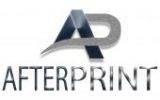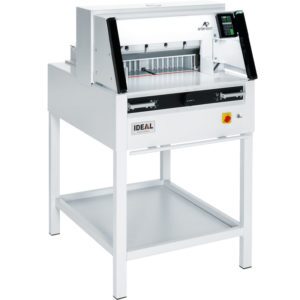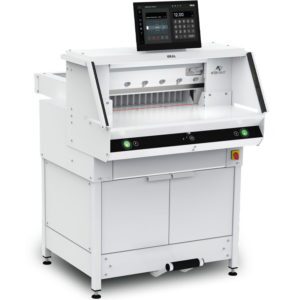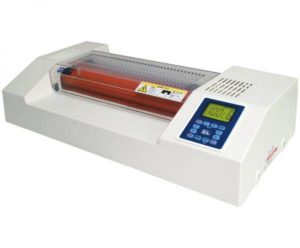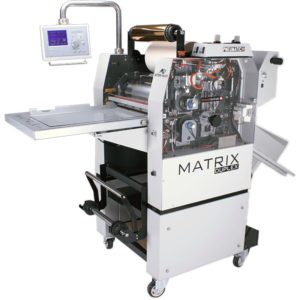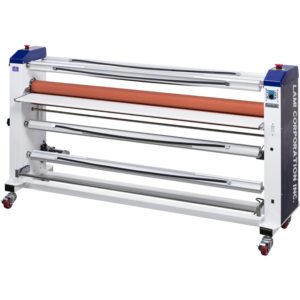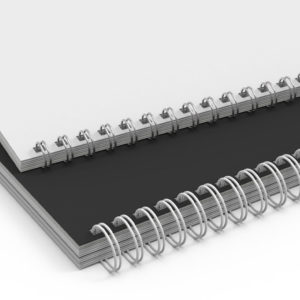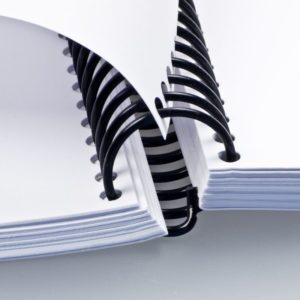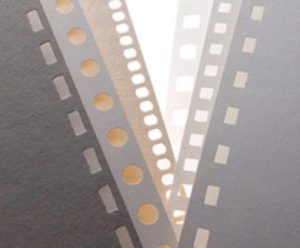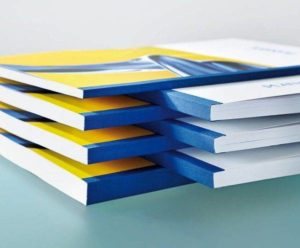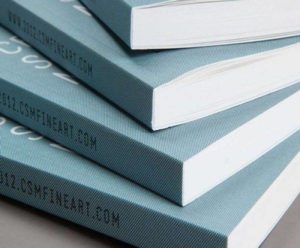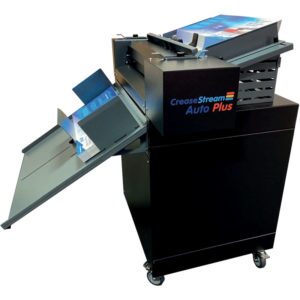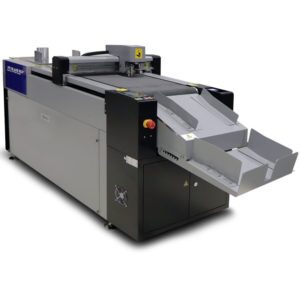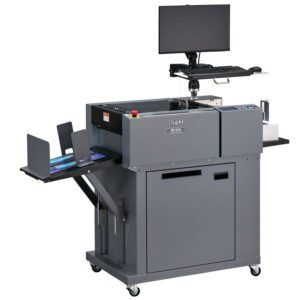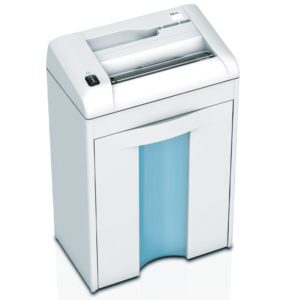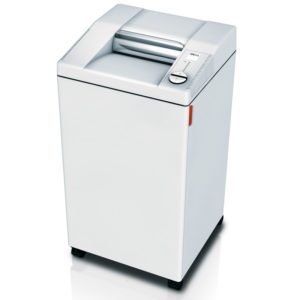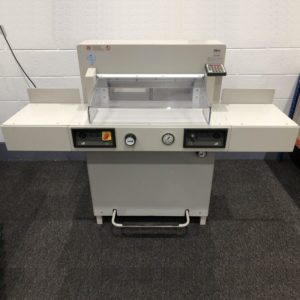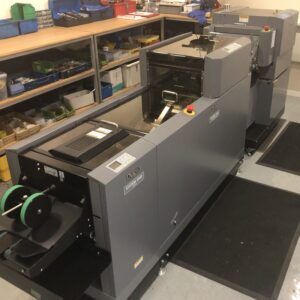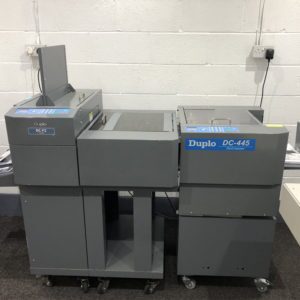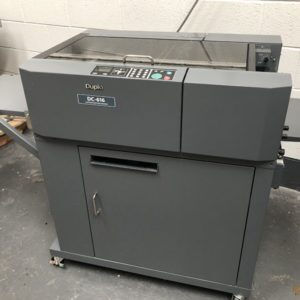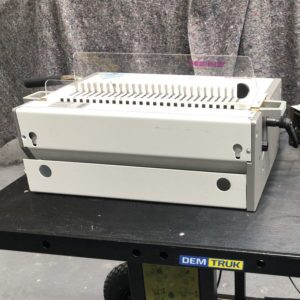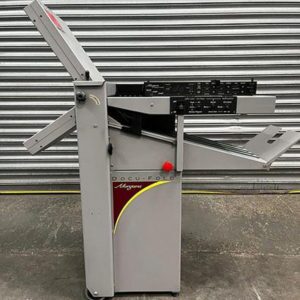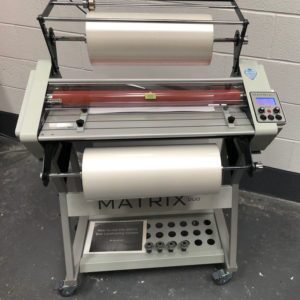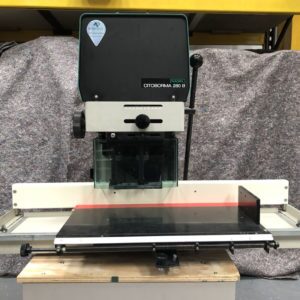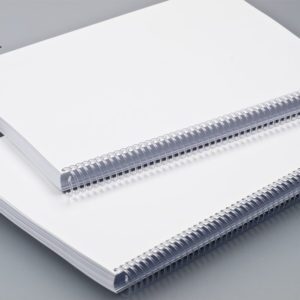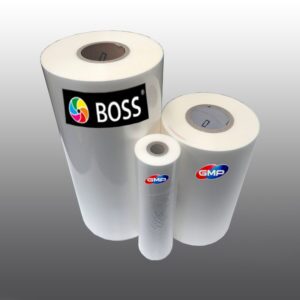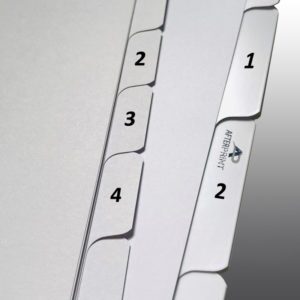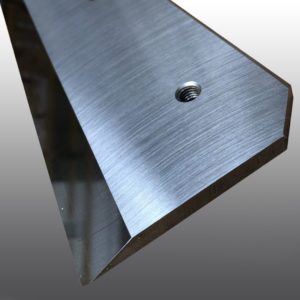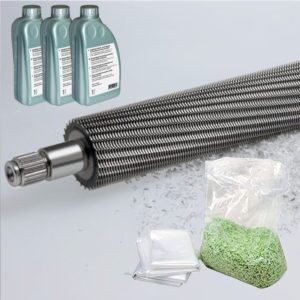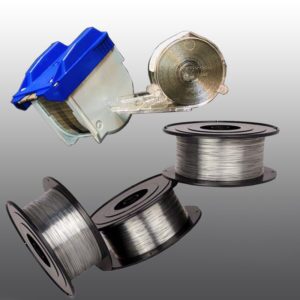4 June 2024
Understanding the Different Printing Techniques: Which One is Right for You?
In the world of printing, choosing the right technique can make a significant difference in the quality, cost, and efficiency of your projects. Whether you need business cards, brochures, packaging, or large format prints, understanding the different printing methods can help you make an informed decision. This comprehensive guide will explore the various printing techniques available, their advantages and disadvantages, and how to determine which one is right for your specific needs.
The Importance of Choosing the Right Printing Technique
Selecting the appropriate printing technique is crucial for achieving the desired outcome of your print projects. The right choice can enhance the appearance, durability, and overall impact of your materials. It also affects the cost and turnaround time of the project. Here, we will break down the most common printing techniques to help you understand their unique features and applications.
Common Printing Techniques
1. Offset Printing
What is Offset Printing?
Offset printing, also known as offset lithography, is a traditional printing method where ink is transferred from a plate to a rubber blanket and then onto the printing surface. This technique is widely used for high-volume print runs.
Advantages
- High Quality: Produces sharp, clean images and consistent color.
- Cost-Effective for Large Runs: Economical for printing large quantities.
- Versatility: Suitable for a variety of paper types and finishes.
Disadvantages
- Setup Time: Longer setup time compared to digital printing.
- Not Ideal for Small Runs: Less cost-effective for small print quantities.
2. Digital Printing
What is Digital Printing?
Digital printing involves printing digital images directly onto various media using inkjet or laser printers. It is ideal for short to medium print runs and offers quick turnaround times.
Advantages
- Fast Turnaround: Minimal setup time, making it ideal for urgent projects.
- Cost-Effective for Small Runs: More affordable for small to medium quantities.
- Customization: Allows for easy customization and variable data printing.
- Disadvantages
- Quality: Slightly lower image quality compared to offset printing for large runs.
- Limited Media Options: Fewer options for paper types and finishes.
3. Screen Printing
What is Screen Printing?
Screen printing involves creating a stencil (or screen) and using it to apply layers of ink on the printing surface. It is commonly used for apparel, posters, and other promotional items.
Advantages
- Durability: Produces long-lasting prints, especially on textiles.
- Vibrant Colors: Capable of producing bright and bold colors.
- Versatility: Suitable for a wide range of surfaces, including fabric, plastic, and metal.
Disadvantages
- Labor-Intensive: Requires more manual effort and setup.
- Not Ideal for Small Runs: Less economical for small quantities.
4. Flexography
What is Flexography?
Flexography, or flexo printing, is a form of rotary printing that uses flexible relief plates. It is widely used for packaging, labels, and other continuous pattern print jobs.
Advantages
- High Speed: Capable of high-speed production.
- Versatility: Works well on various substrates, including plastic, metallic films, and paper.
- Economical for Large Runs: Cost-effective for high-volume print jobs.
Disadvantages
- Setup Costs: Higher initial setup costs.
- Quality: Generally lower image quality compared to offset printing.
5. Gravure Printing
What is Gravure Printing?
Gravure printing, or rotogravure, involves engraving the image onto a cylinder. It is commonly used for high-volume print runs such as magazines, catalogs, and packaging.
Advantages
- High Quality: Produces high-quality, consistent images.
- Durability: Plates have a long lifespan, suitable for very large print runs.
- Speed: Fast printing speeds, making it ideal for large quantities.
Disadvantages
- Expensive: High setup costs and not cost-effective for small runs.
- Limited Customization: Less flexibility for design changes once the plates are created.
- How to Choose the Right Printing Technique
Consider Your Print Quantity
- Large Quantities: Offset, flexography, or gravure printing are more cost-effective.
- Small to Medium Quantities: Digital printing is ideal due to lower setup costs.
Evaluate Your Budget
- High Budget: Offset and gravure printing offer the highest quality but come with higher setup costs.
- Low to Medium Budget: Digital and screen printing provide quality results at a lower cost, especially for smaller runs.
Assess Quality Requirements
- High-Quality Needs: Offset and gravure printing deliver superior quality.
- Good Quality at Lower Costs: Digital printing is a good balance between cost and quality for small to medium runs.
Determine Customization Needs
- High Customization: Digital printing is best for variable data printing and customized prints.
- Standard Prints: Offset and flexography are suitable for standard designs with minimal customization.
Consider Turnaround Time
- Quick Turnaround: Digital printing offers the fastest turnaround times.
- Longer Turnaround Acceptable: Offset and flexography may take longer but are efficient for large quantities.
Conclusion
Understanding the different printing techniques is essential for selecting the right method for your project. Whether you prioritize quality, cost, speed, or customization, there is a printing technique that meets your needs. By considering factors such as print quantity, budget, quality requirements, and turnaround time, you can make an informed decision that ensures the success of your print projects.
At AfterPrint Ltd, we offer a wide range of printing services tailored to meet your specific requirements. Contact us today to discuss your project and find the perfect printing solution for you.

